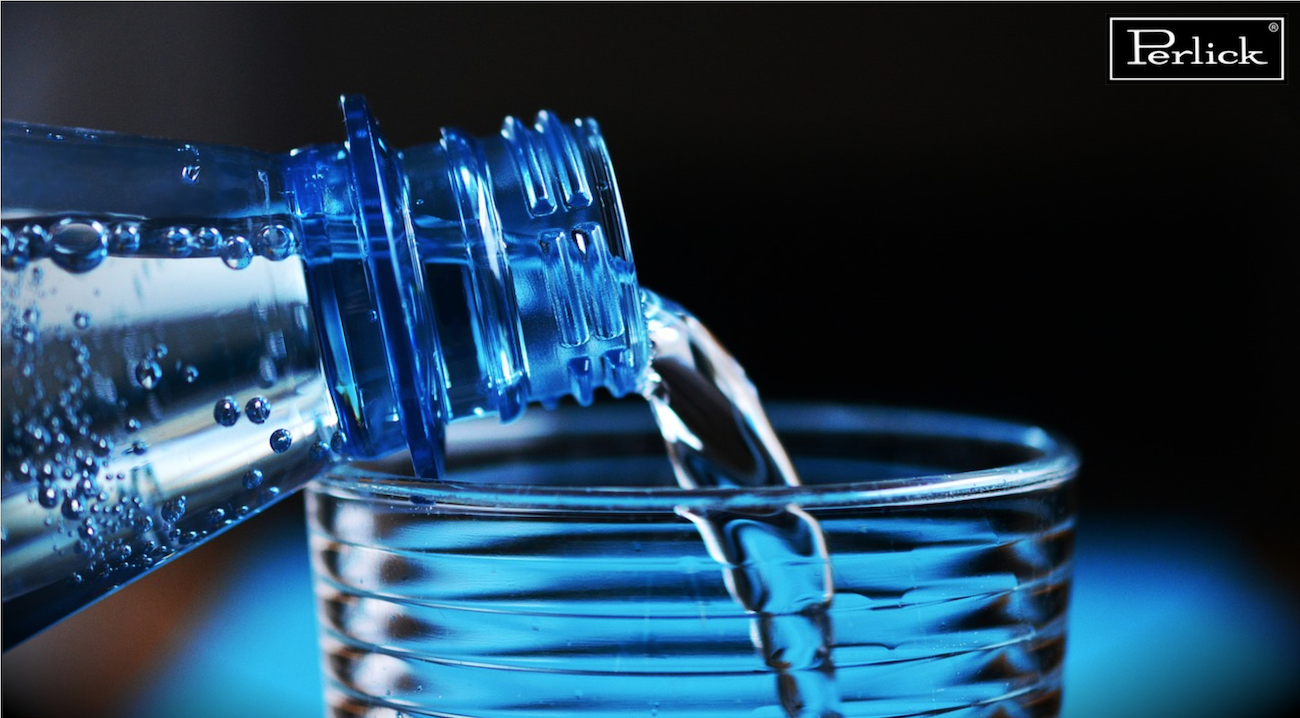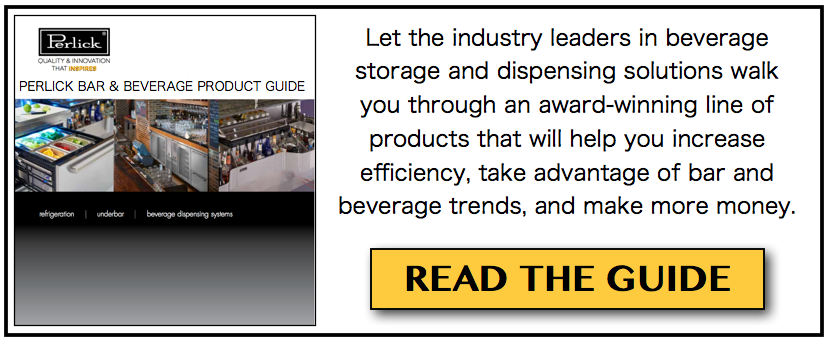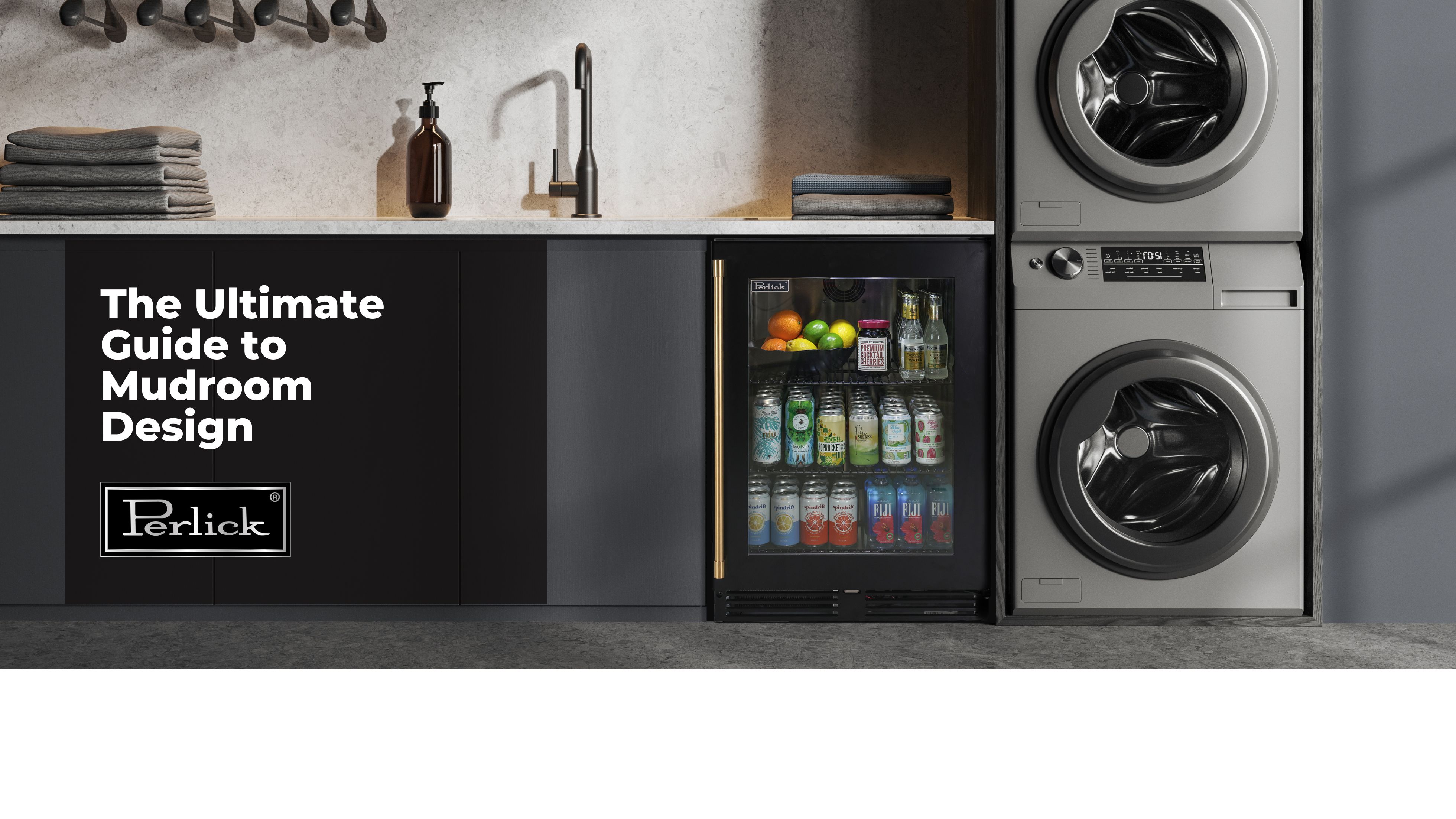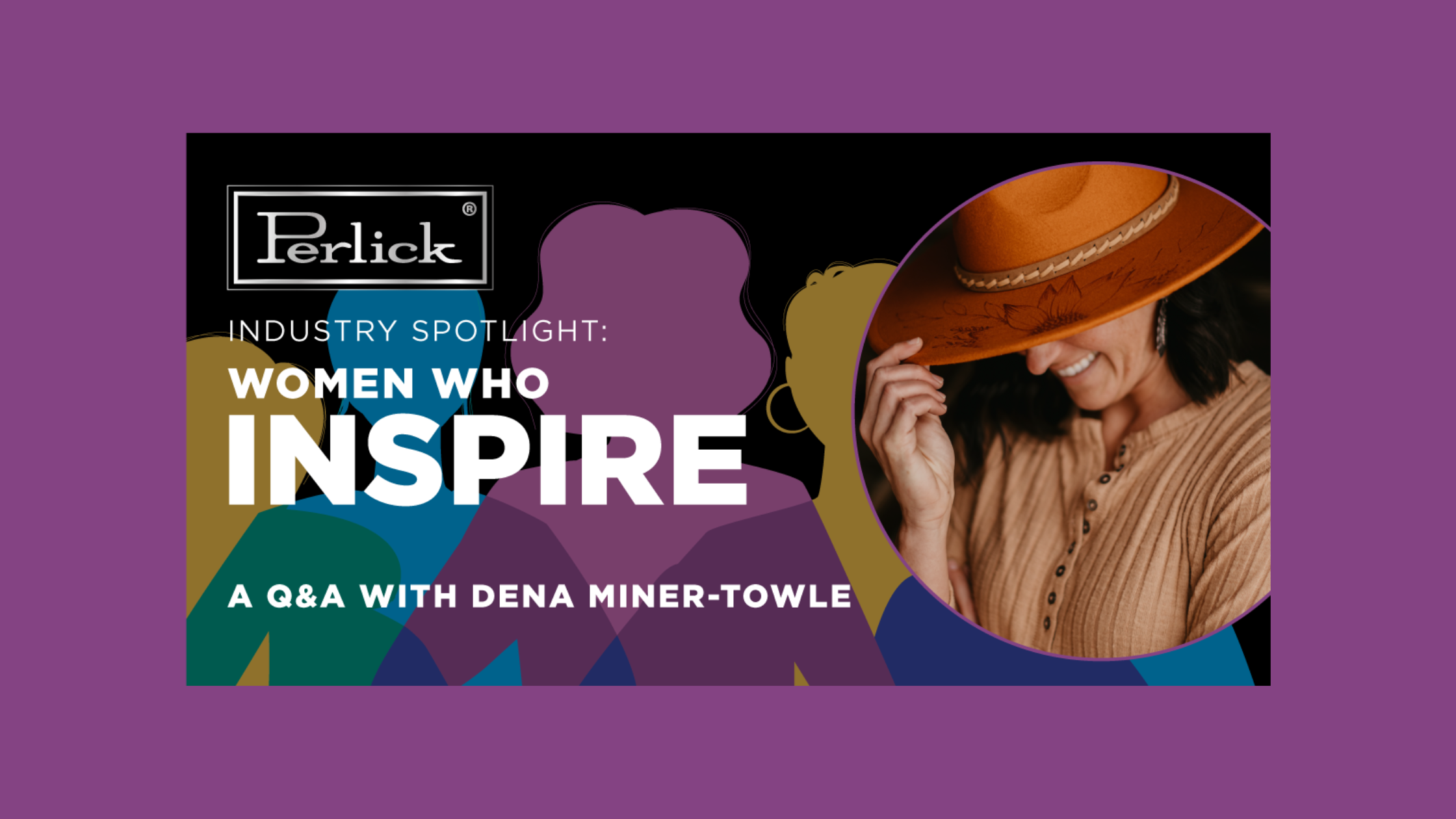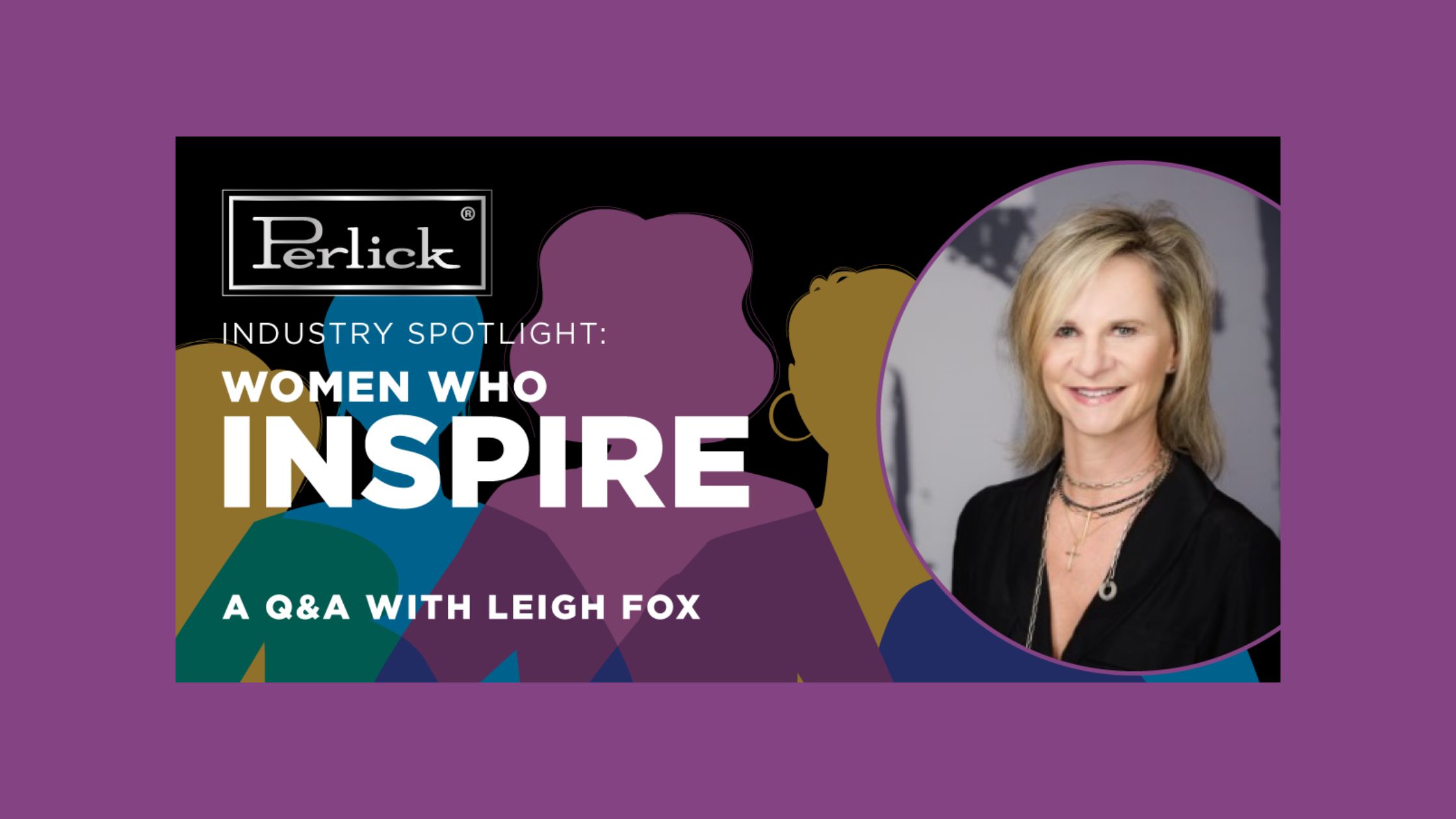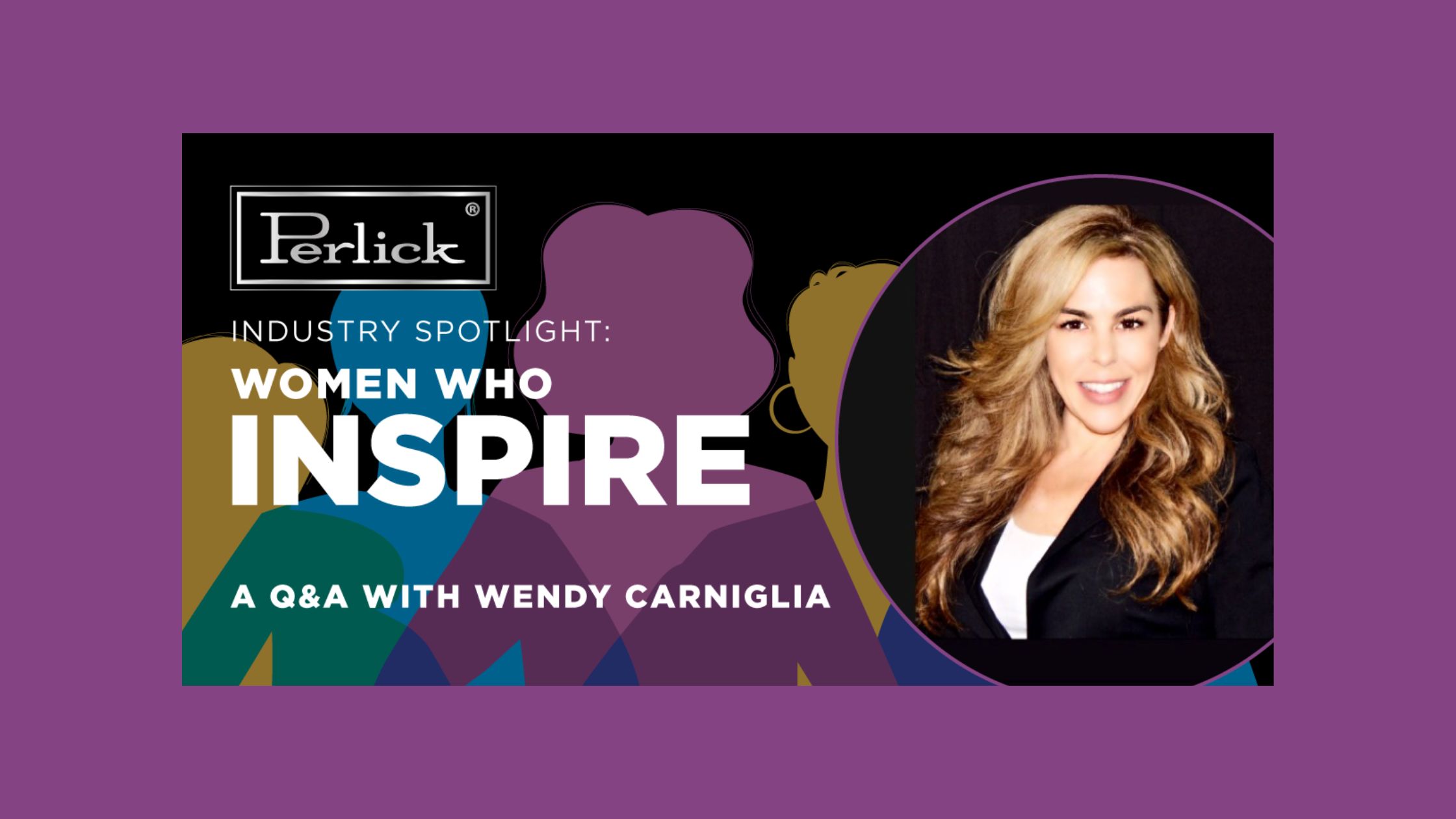Recent years have seen a slight dip in the sales of alcoholic beverages, while non-alcoholic beverages continue to earn a greater market share. Yet one product has managed to buck this trend: hard seltzer. Hard seltzer is an alcoholic beverage that has been showing strong sales growth over the last few years.
Despite this encouraging new trend, many restaurant and liquor store owners remain in the dark about hard seltzer. The sooner you get up to speed, the more you can capitalize on this beverage's increasing popularity. Let's take a closer look at this trend in this introduction to the world of hard seltzer.
Hard Seltzer
Beer remains one of the stalwarts of the alcohol industry, producing yearly sales of $119.3 billion. Yet many people simply don't care for the taste of beer. For that reason, manufacturers have long explored alternative products that can capture the attention of such consumers. Known as flavored malt beverages, or FMBs, historically these beer-adjacent drinks have basically amounted to alcoholic soda pop.
However, in an increasingly health-conscious beverage market, many consumers now shy away from sweetened beverages. Meanwhile, in the non-alcoholic world, name brand seltzer companies like LaCroix have gained huge amounts of traction in recent years. Manufacturers are now looking to cash in on that success by introducing alcoholic versions of these flavored seltzers.
Unlike other types of flavored malt beverages, hard seltzer tends to contain less than 100 calories per serving. In addition, hard seltzers are frequently free of both sugar and gluten, which makes them especially popular among health-conscious millennials.
Sales Growth
Overall beer sales — a category which includes flavored malt beverages such as hard seltzer — were mostly flat. Yet within that market, certain pockets of growth existed, with FMBs being one of the most notable. Most of the growth within that smaller FMB market came as the result of hard seltzer's sudden rise to prominence.
In 2018, hard seltzer sales grew by around 169 percent, ballooning to yearly sales totals of almost $487.8 million. Of course, you should understand that this sales increase was not evenly distributed across the course of the year. On the contrary, hard seltzers proved most popular during the summer months.
This makes sense when you consider that hard seltzer's appeal has to do with its light, fruity, and refreshing nature. Yet hard seltzer companies feel confident that they can push their product beyond the confines of a merely season product. Increased marketing and ad campaigns are already helping to increase market penetration.
Cross-Appeal
One of hard seltzer's greatest triumphs has been its ability to break down traditional demographic constraints in the beer world. Beer has long been a male-dominated market category — an impediment to greater sales that few beer companies have found a successful way to circumvent. Yet hard seltzer has been shown to appeal equally to both men and women.
Part of this cross-appeal, as noted above, has to do with the healthier image of hard seltzer. Aside from its low levels of both calories and sugar, hard seltzer also boasts relatively low alcohol contents between 4.5% and 6% ABV. Finally, hard seltzers tend to be less expensive than craft beers, which adds to their appeal among consumers.
The popularity of hard seltzers has proven significant enough that even major beer brands have taken notice. One of the most successful hard seltzer brands, Bon & Viv, was acquired by Anheuser-Busch in 2016.
As the summer months approach, most market analysts expect the popularity of hard seltzer to undergo yet another surge. For that reason, restaurant and bar owners should make the smart move of stocking up on hard seltzers. For more information on your hard seltzer options this summer, please contact the industry experts at Perlick.


